Building Practice & Prove-It Learning Experiences for E-Learning
January 24th, 2023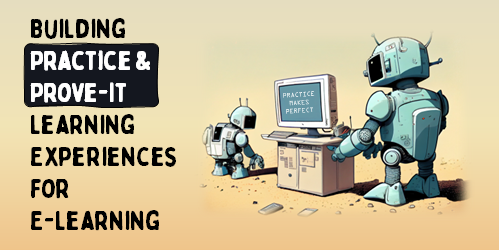
Much of online training is content that’s created with an e-learning authoring tool and positioned as e-learning courses. However, these courses aren’t necessarily the best at getting people to learn. I know there are some in our industry who’ll stand on their soap boxes and tell everyone how that’s not real e-learning in the first place. They’re free to do that, but they’re wrong.
It’s real e-learning, it just may not be complete e-learning. It all depends on the course objectives.
Content is Part of the Learning Experience
When it comes to content, I don’t see the difference between a PDF, PowerPoint slide deck, web page, or “e-learning course.” It’s just content packaged in different mediums. And the content is part of the learning experience. If anything, the “e-learning course” can add a level of interactivity and novelty that the other mediums can’t.
They key point here is that content is part of the learning experience, but it’s not THE learning experience. And that’s where the criticism is valid. Content needs context which highlights its relevance to the learner.
If you just build a content-focused course and the course has performance expectations, then you need to consider two things for the learner:
- How do they practice using the content?
- How can they demonstrate their understanding?
Creating superficial interactivity and simple multiple choice quiz questions isn’t enough.
Build a Practice & Prove-It Learning Experience Outside the E-Learning Course
When you boil it down, you can build practice and prove-it activities in the e-learning course or you can build them outside the course. Keep in mind, a multiple choice quiz is not a prove-it activity.
The e-learning course is part of the overall training goal. If the course is mostly content, you’ll need to build the practice and prove-it activities outside the course.
Here’s an example of how I did this on a previous project.
We trained machine operators. Initially they were trained on the production floor. But the training they received wasn’t consistent which proved a bit challenging for the new hires. So we built e-learning courses that covered the machines, how they worked, how they were maintained, and the production workflow. This gave the learners a solid understanding of the process and what was happening on the floor. Because of this, they entered the production environment with confidence and some context.
In the production environment, we created a working lab. The machines were slowed down and they focused on single tasks rather than the entire process. That let them practice applying what they learned in the e-learning courses. And we assigned a peer coach who monitored their work. At some point in the process, we put them on a live machine and they were able to demonstrate their new skills.
In this example, the e-learning courses were used to present content consistently and at a pace that worked for the learners. And the interactive learning experience happened outside the course on the shop floor.
Build a Practice & Prove-It Learning Experience as Part of the E-Learning Course
Building practice activities inside the course requires stepping back from the content a bit. Instead of focusing on the content that’s in the course, you need to focus on the decisions a person needs to make and then what content supports those decisions.
Generally speaking, content heavy courses follow a linear process from start to finish. However, a performance-based course focuses on how to use the content to make the appropriate decisions. To build a performance-based course, you need clear, measurable objectives. And then you build an environment that is relevant and meaningful to the learning experience.
When it comes to getting them to practice, I always say, “Let’s throw them in the pool!” Put them in situations where they have to make decisions or do something as if they were doing it in the real world.
For example, a typical content-based course explains the company’s sexual harassment policy and then finishes with a simple quiz. But a performance-based course puts the learner in a situation where they have to deal with sexual harassment issues. And then they make decisions (practice) that hopefully comply with the company’s policies. Based on their decision-making, they get fed the relevant content and feedback. And at some point in the process, they can prove the appropriate level of understanding.
They key point in all of this is that if you have performance requirements, but your courses are mostly explainer content (which is typical), then you need to consider how the learner can practice doing the things they should be able to do outside the course. And that requires a blended solution where they go through prove-it activities to demonstrate their competence around the objectives and expectations.
The other option is to build meaningful decision-making activities inside the course, where they can practice making decisions and ultimately demonstrate their competencies.
So those click-and-read content-based courses are fine. However, if you have performance expectations and the practice-and-prove-it activities are not part of the online course, they’ll need to be built outside of it.
When you look at the courses you have to build, what percentage would you say are explainer content versus performance-based content?
Events
- Everyday. Check out the weekly training webinars to learn more about Rise, Storyline, and instructional design.
Free E-Learning Resources
 |
 |
 |
|
Want to learn more? Check out these articles and free resources in the community. |
Here’s a great job board for e-learning, instructional design, and training jobs |
Participate in the weekly e-learning challenges to sharpen your skills |
 |
 |
 |
|
Get your free PowerPoint templates and free graphics & stock images. |
Lots of cool e-learning examples to check out and find inspiration. |
Getting Started? This e-learning 101 series and the free e-books will help. |
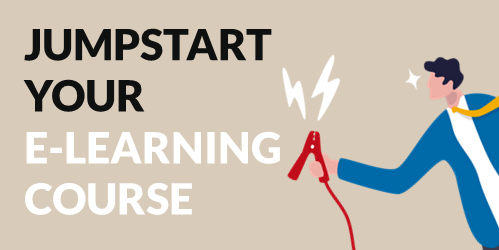

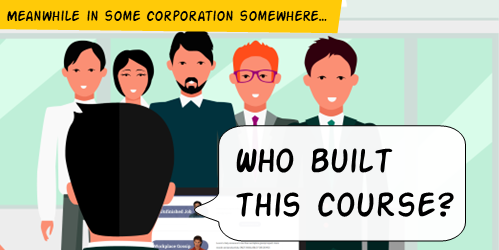
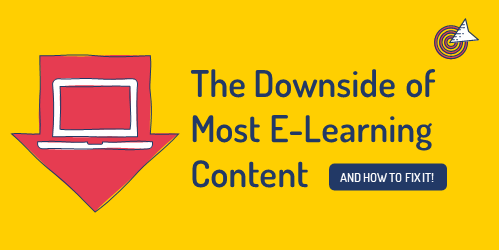

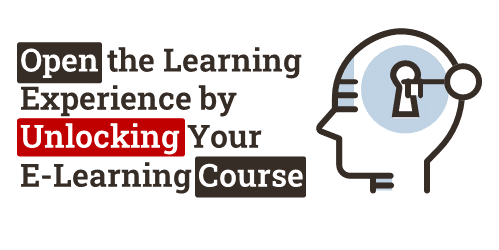
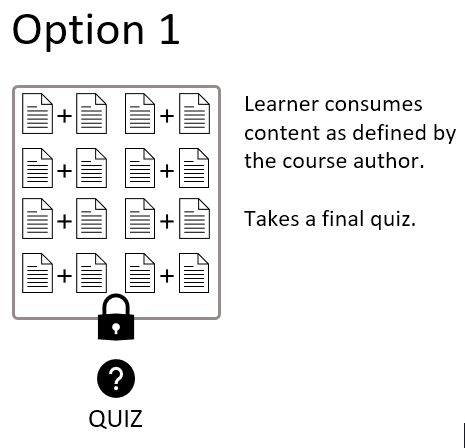
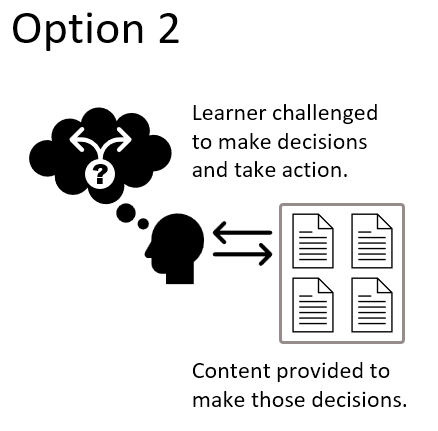
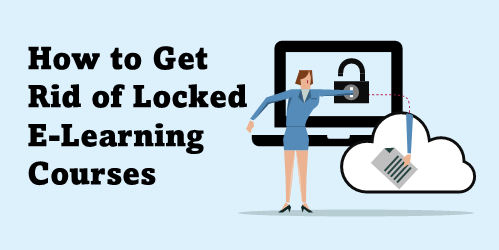
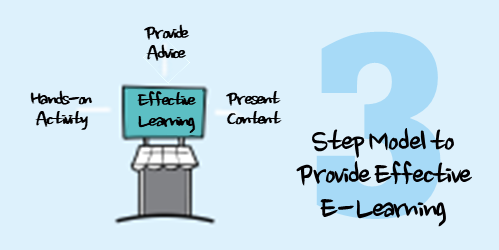
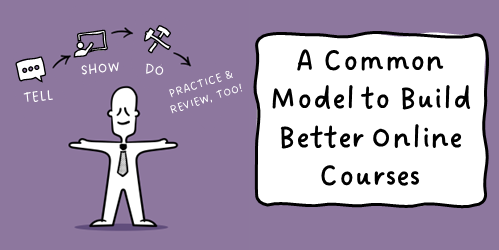
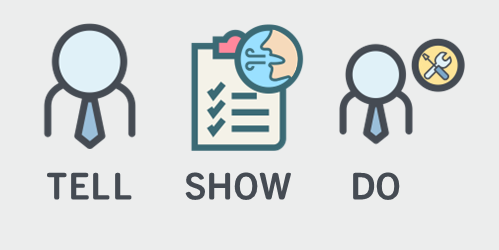
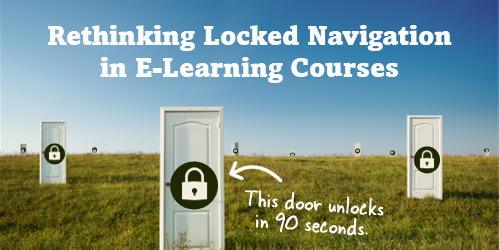

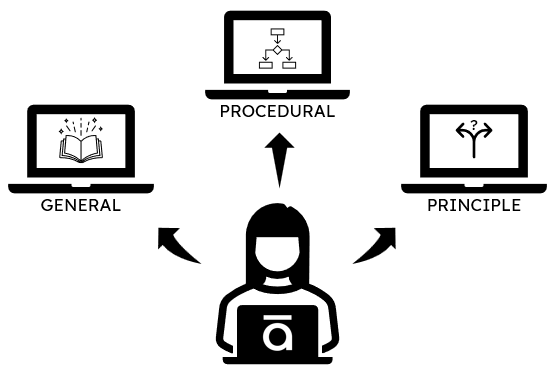
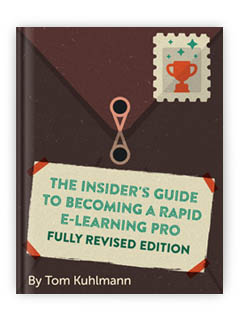


1
comment